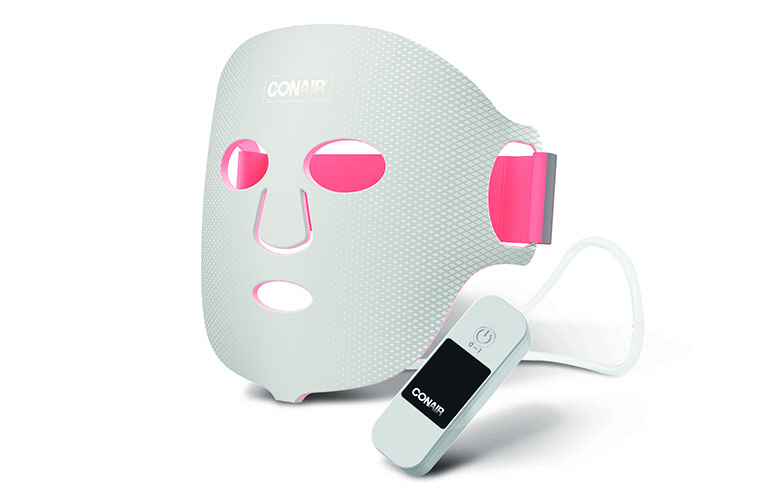A structure is only as strong as its foundation. When the foundation is made of concrete, particular care must be taken to ensure its quality. Many things may compromise the quality of this concrete, including temperature. A contractor must ensure this does not happen, and continuous monitoring of the temperature is needed to achieve this goal.
Temperature Limits
Concrete must be kept at the right temperature to set and cure properly. According to ASTM C 1064-86, concrete must remain at a temperature limit between 26.7 degrees Celcius and 35 degrees Celcius when it is hot outside. AS 1379 sets the temperature range between five degrees Celcius and 35 degrees Celcius when the concrete is delivered in hot weather. If the temperature exceeds this range, ice-cold water is needed to protect the concrete from damage. Contractors often rely on concrete temperature sensors to ensure this range is maintained.
When the weather is cold, contractors turn to ACI 306 for guidance on the correct temperature of the concrete. It needs to remain between 12.77 degrees Celcius and 4.44 degrees Celcius depending on the size of the structure. Many people assume a larger building will have a higher minimum temperature limit, but the opposite is true. The concrete cannot retain as much heat.
Furthermore, the contractor must make certain the concrete does not freeze within 24 hours of it being placed. If it does, the concrete cannot achieve the optimal strength. If concrete is heated, the contractor must also monitor it to ensure it doesn’t suddenly cool, as this could lead to thermal cracking.
Concrete Temperature Monitoring
Concrete must remain at the appropriate temperature and setting to solidify correctly. If it doesn’t, the structure’s quality is compromised, putting those who use this structure at risk. Using concrete temperature sensors, a contractor can collect information about the curing process. This monitoring ensures the concrete is not overheated and there is no large temperature gradient.
With the help of these sensors, the contractor can accurately determine the strength of the concrete. They save time by using these sensors because the sensors tell them when the concrete is strong enough to move forward with construction. The contractor can optimize the project schedule while preventing delays.
If concrete doesn’t reach the optimal strength, human lives are at risk. Monitoring the temperature of the concrete reduces the risk of structural failure. This benefits all who use the building or occupy nearby spaces.
How Can Concrete Temperature Sensors Benefit a Contractor?
Concrete temperature sensors allow the contractor to control the temperature of the concrete from the moment they prepare the mix until it matures. Wired and wireless sensors exist today, allowing a contractor to find one that best meets their needs. With the help of these sensors, contractors can make informed decisions regarding how to proceed with a project.
However, the placement of these sensors is crucial. If they aren’t placed in the right locations, they won’t provide accurate data. Contractors need to use a thermal control plan to find the optimal locations for these devices. In most cases, the contractor places the sensors at the hottest location and other points in the concrete.
Contractors have choices when it comes to concrete temperature sensors. In the past, thermocouples or wired sensors were the standard. Today, however, many contractors rely on wireless sensors because they are easy to use. They allow for flexible and remote monitoring, as the contractor can access the data using their mobile device, even when they aren’t present on the job site. Learn more today about both options to see which is right for your needs.
































